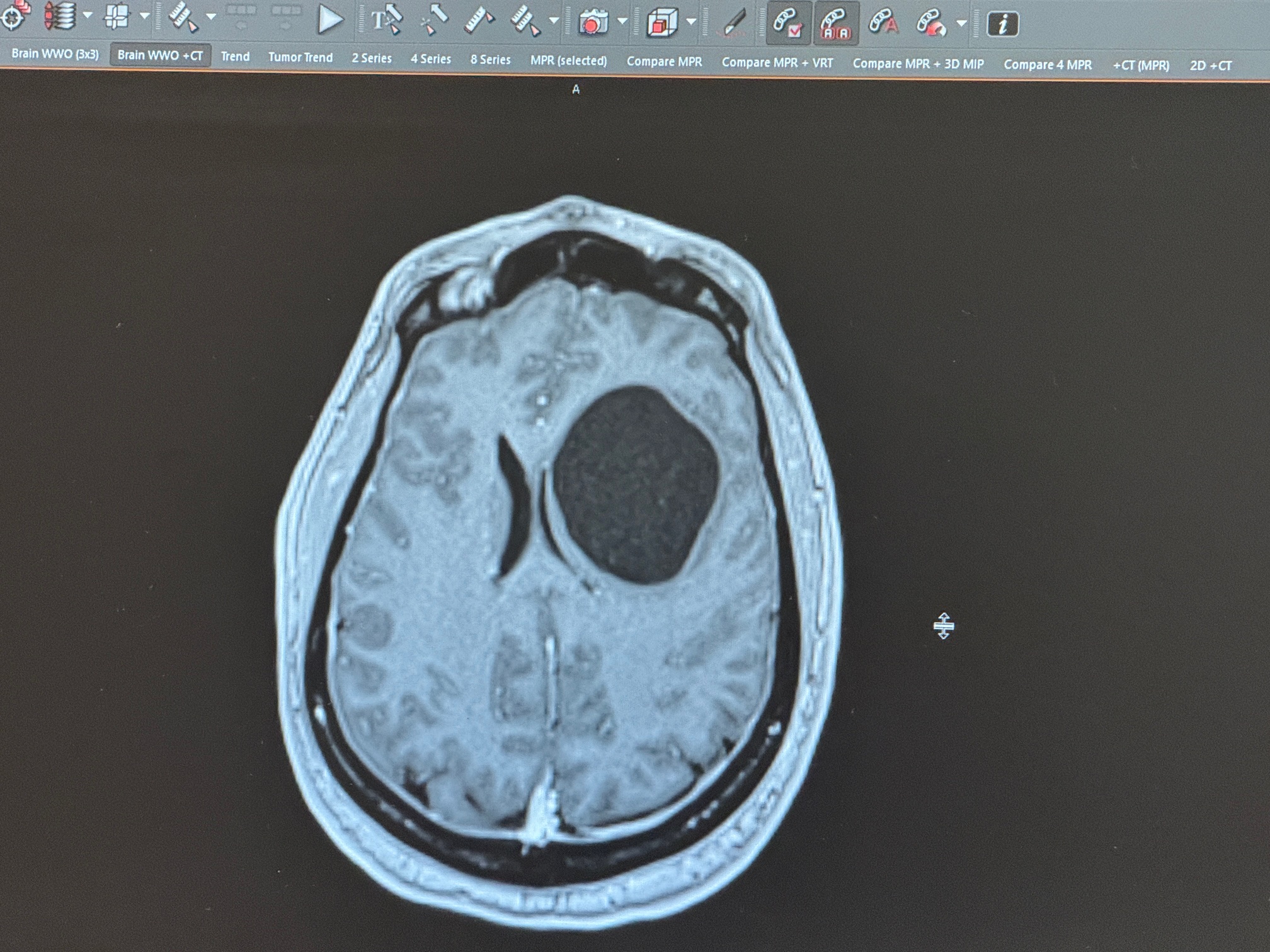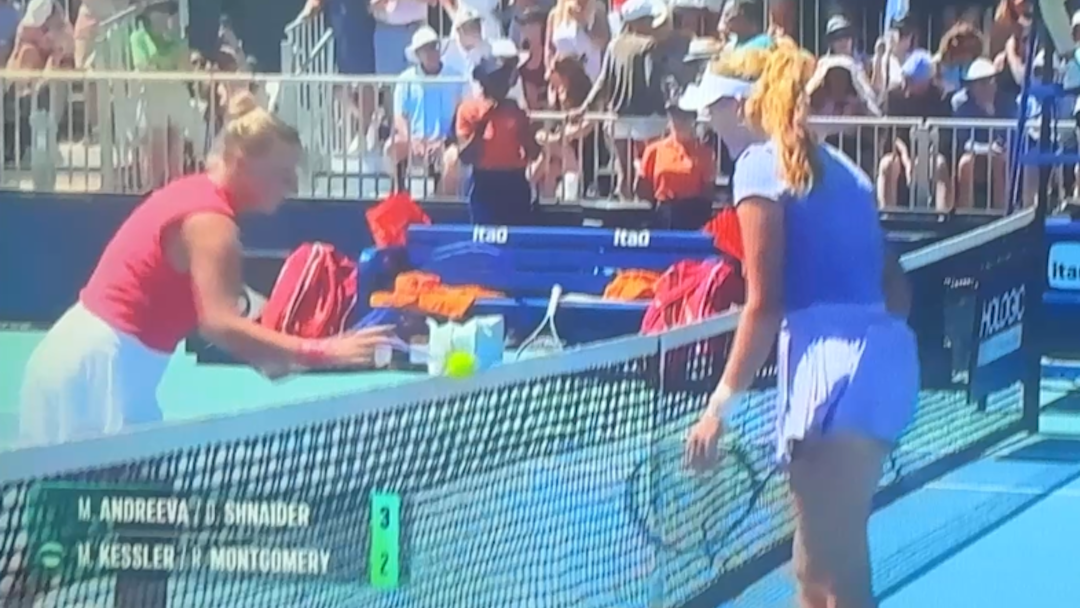Albert Einstein is generally regarded as one of the most brilliant and influential thinkers in modern history. His insights reshaped our understanding of the universe and continue to inspire innovation across multiple disciplines. Yesterday, we considered how a statement often falsely attributed to the German physicist can guide and inform innovation in recreational tennis. Today, we continue this thread by examining something Einstein more credibly said.
Learn from yesterday, live for today, hope for tomorrow. The important thing is not to stop questioning.
Albert Einstein
“Learn from yesterday” is a powerful reminder to take stock of what has and has not worked in the past. The USTA’s formal tennis engagement framework is shaped by decades of accumulated wisdom… and in many cases, stubborn inertia under the oppressive weight of tradition. While our sport’s rich history should never be an anchor that prevents progress, understanding the origins of the systems we use today provides crucial context. Learning from yesterday allows us to recognize why certain frameworks were created in the first place, what problems they were originally meant to solve, and how those needs have changed over time. By looking critically at the past, we can more clearly identify what deserves to be preserved and what may currently be holding the sport back. Insight informing change and evolution must be firmly grounded in knowing where we’ve been.
“Live for today” speaks to the necessity of being present in the moment and taking action. After we’ve examined the lessons of the past, we have to step into our current reality with clarity and urgency. That means closely examining how tennis is currently delivered and experienced at every level. Identifying problems and opportunities to address must be performed well to ensure the sport continues to thrive. Innovation demands real-time engagement with the people who live in the recreational and competitive ecosystem right now. Listening intently to those voices—and understanding their frustrations, aspirations, and ideas—is essential. The gap between tradition and transformation can only be bridged by actively participating in the present. It’s the only way to build solutions that are relevant, responsive, and grounded in today’s lived experience.
“Hope for tomorrow” is the guiding light that propels innovation forward. At its core, innovation is an act of optimism—a belief that the future can be better than the present. It assumes that the work we do today, however incremental, lays a foundation for something even greater. In tennis, that hope comes from envisioning vibrant, thriving communities where players of all ages and backgrounds find meaningful ways to engage with the sport. It imagines a future where access is broader, pathways to competitive play are clearer, and the structures that govern tennis are more agile and responsive. Hope fuels the patience and perseverance needed to navigate setbacks, knowing that meaningful progress often unfolds slowly. It reminds us that even small innovations, nurtured over time, can yield tremendous benefits for generations of players and volunteers who will inherit the sport we shape. Without hope, there is no reason to strive for better systems or imagine new possibilities. It must remain at the heart of everything we do.
The final part of the quote —“The important thing is not to stop questioning”—is the real engine of change. Hope provides the destination, but curiosity powers the journey. The best ideas in tennis don’t come from people who accept the status quo at face value. They come from those who constantly challenge assumptions and ask questions. In a sport that is sometimes bound by tradition and governed by large, slow-moving organizations, that spirit of questioning is sometimes rare but always vital. Curiosity uncovers hidden inefficiencies, reexamines outdated systems, and pushes for better solutions that might otherwise go unexplored. It demands the courage to probe beyond the surface and the resilience to keep asking even when the first, second, or third answer isn’t satisfactory. True innovation is sparked not by blind acceptance, but by a relentless drive to understand—and to imagine something better.
As we continue to think creatively and critically—whether at hackathons, committee meetings, or in casual conversations about the future of the sport—we would do well to take Einstein’s advice to heart. Keep questioning. Keep probing. Keep challenging assumptions. The breakthroughs that tennis needs—both big and small—will not come from clinging to what has always been done, but from the willingness to ask bold questions and explore new possibilities. True progress begins with curiosity, sustained by action, and fueled by the hope that tomorrow’s tennis community can be even stronger than today’s. The important thing, indeed, is never to stop questioning—because that is where real innovation lives.



